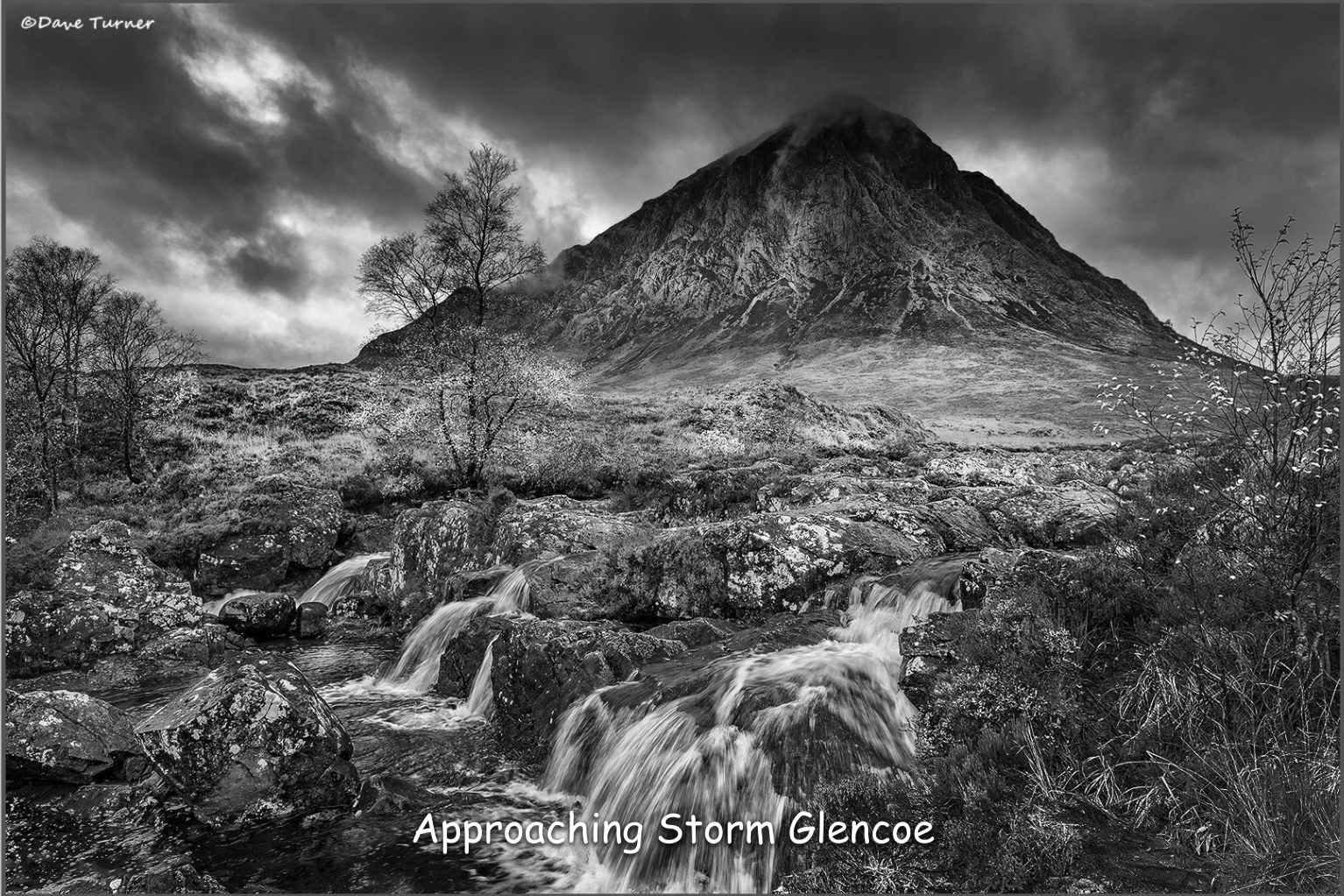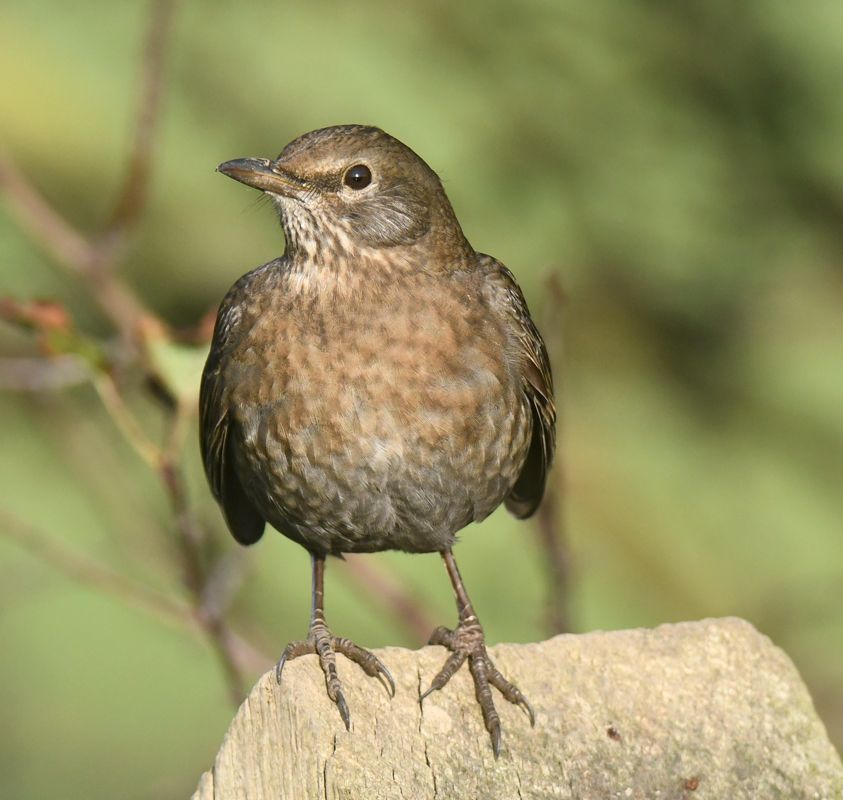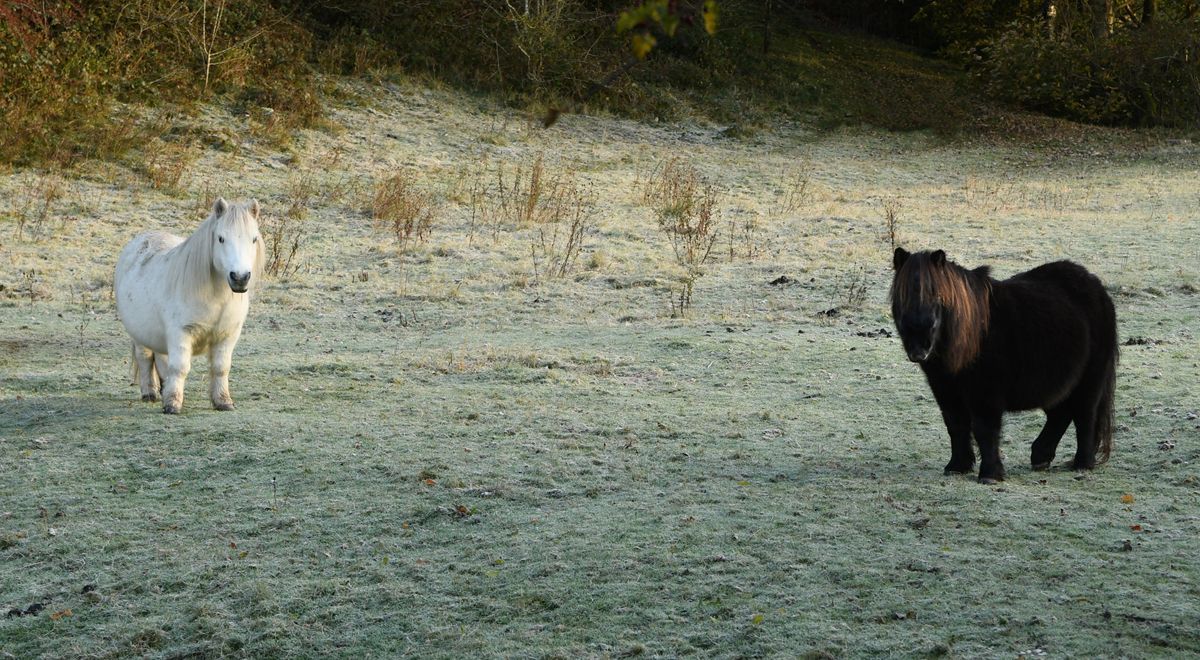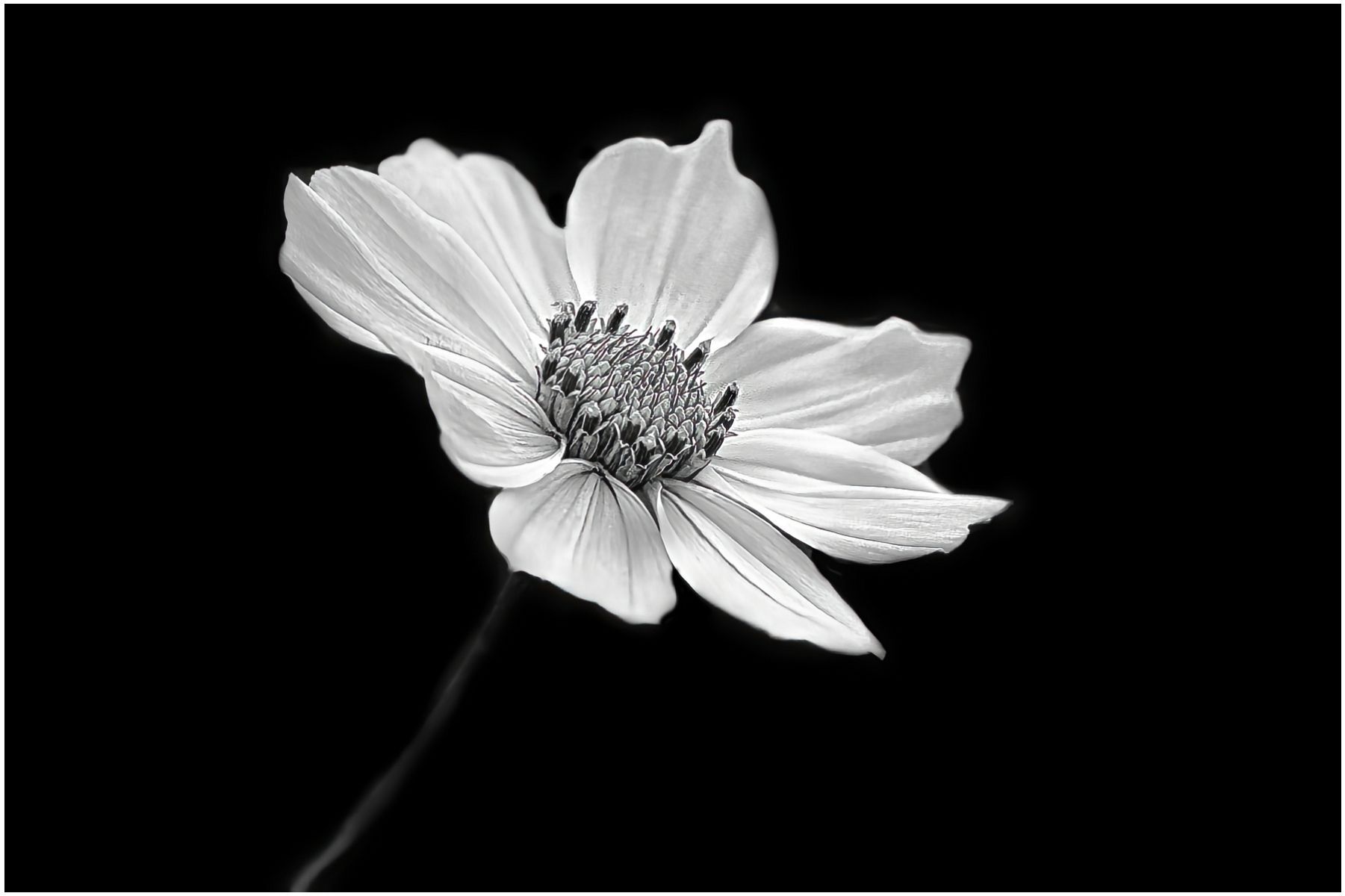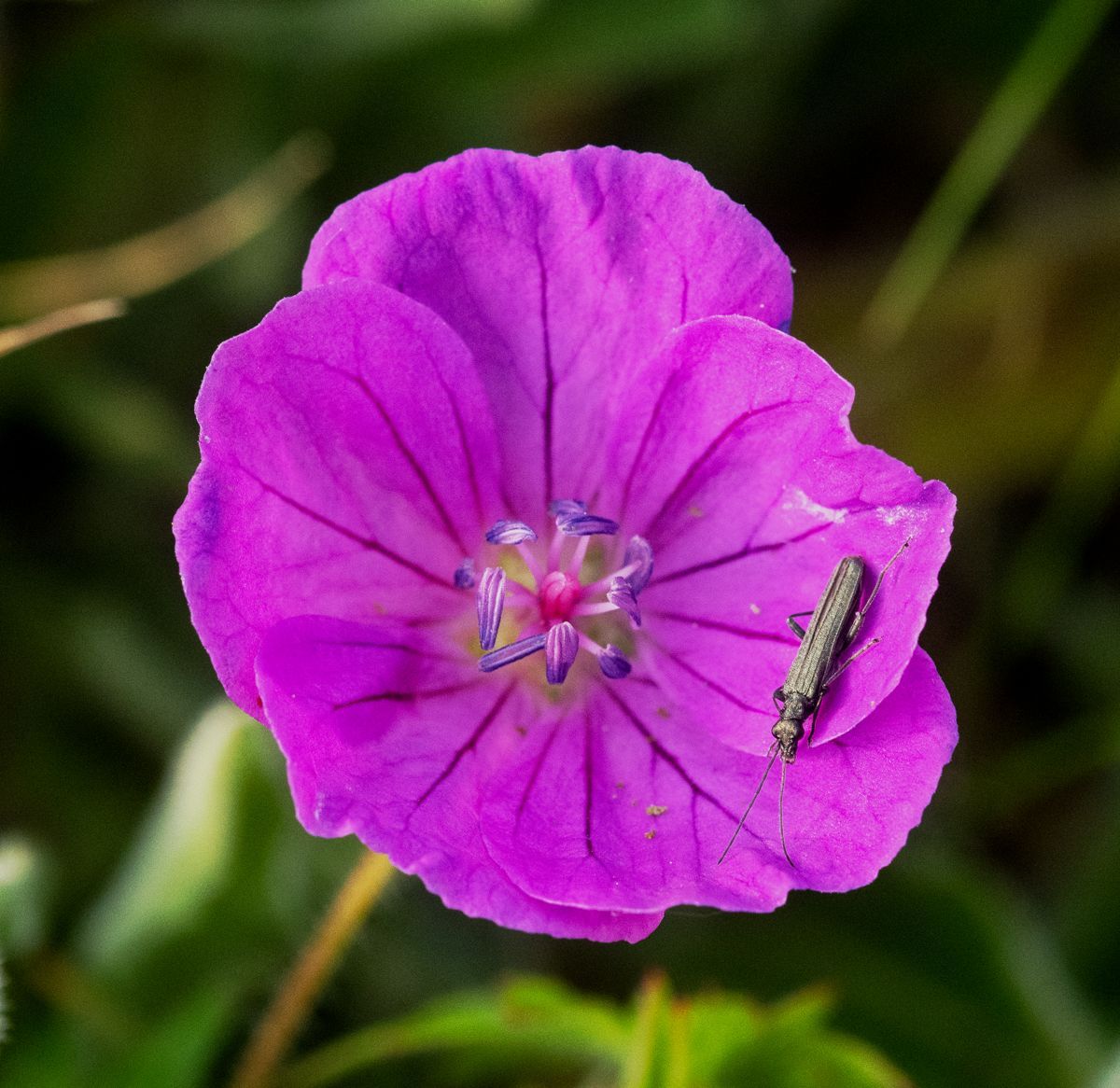Previous Blogs
Sorry, unable to grab the .rss feed from the zenfolio site, so copied.
http://www.louthphotographicsociety.com/blog
en-us (C) Louth Photographic Society ph.sec.lps@gmail.com (Louth Photographic Society) Thu, 08 Feb 2018 15:50:00 GMT Thu, 08 Feb 2018 15:50:00 GMT http://www.louthphotographicsociety.com/img/s/v-5/u349382545-o648549513-50.jpg
http://www.louthphotographicsociety.com/blog
120 82 http://www.louthphotographicsociety.com/blog/2018/2/update-jan/feb-start
Good to see members returning to the Club after the Break. The first 2 weeks were taken up with viewing the LPA Print Portfolios, which turned out to be a wealth of images in both colour and B&W. It was a difficult task to select the Club preferences to go forward, but it was achieved. Well done to Chris in Chairing the events, alongside Roger for his input.
7 Feb saw a great evening, led by Peter Cory, giving a very descriptive talk about his journeys through North Africa, then after the break with two tours of Russia. His DPIs from Slides and Prints from times past were expertly manipulated and managed and the evening displayed tales of austerity through to sheer opulence.
Our next event is 14 Feb - DPI Comp, 'Patterns in Nature' 'Open' and 'Tetney Blow-wells'. Images through to Graham as soon as possible, with a cut-off of Midnight Sunday LATEST.
]]> ph.sec.lps@gmail.com (Louth Photographic Society) http://www.louthphotographicsociety.com/blog/2018/2/update-jan/feb-start Thu, 08 Feb 2018 15:49:51 GMT http://www.louthphotographicsociety.com/blog/2018/1/upcoming-events January 24 sees a return to the Club after the Christmas Break. This date, followed by January 31, sees two special evenings, displaying the very best in the form of the LPA Folios for both colour and mono. Historically, the quality of these evening's works are extremely high and should provide a catalyst for members to 'get out there and give things a go'. Following this, on February 7, our own member (Peter) has an evening showing his work from numerous visits to Russia (believed to be DPI).Members may note that Graham has sent out the request for programme input ideas; please support him in this and return in good time, to allow him to formulate the programme so there can be something to hopefully please everyone.
PM
]]> ph.sec.lps@gmail.com (Louth Photographic Society) http://www.louthphotographicsociety.com/blog/2018/1/upcoming-events Tue, 16 Jan 2018 17:42:57 GMT http://www.louthphotographicsociety.com/blog/2018/1/2018---a-happy-new-year-to-all May I take the opportunity to wish all members a very "Happy New Year" and best wishes for all endeavours in 2018. I hope you all had a good festive break, including Christmas, and look forward to seeing members back at the LPS. Can I further encourage members to view the remaining programme for the year and see where they can contribute.
PM
]]> ph.sec.lps@gmail.com (Louth Photographic Society) http://www.louthphotographicsociety.com/blog/2018/1/2018---a-happy-new-year-to-all Mon, 01 Jan 2018 13:18:35 GMT http://www.louthphotographicsociety.com/blog/2017/11/29th-november-competition-night Wednesday 29 November : Tony Gaskins : DPI CompetitionAnother robust turnout from the membership, to listen to an eminently qualified and experienced Judge in the form of Tony. This was Tonys second visit to the Club, so we must be doing something right if he's prepared to return! The 3 themes for the evening's DPI Sections were 'Breaking the Rules', 'Open' (Mono) and 'Local Architecture' (Colour). Tony had previewed the DPIs on the laptop and explained it was going to be a difficult task ahead, a good reflection of the quality of work on offer. He went on to afford a very detailed, fair and experienced critique of each image, giving time to pick up on the positives, as well as proffering advice where he though an image could be strengthened. For the showing of the DPIs, I personally sat at the back and was amazed at both the diversity and quality of work on show throughout each theme. In the end, Tony selected his worthy choices and gave his rationale as to why they made the 'final cut'. Well done to all who took part, and to Tony, for a great, valuable and entertaining evening. I believe there was something of value and education for us all in the evening's event.
To the team in the background who keep things going, a hearty 'Thank you' to John for his projector work, Roger and Carol for the points recording, and Dave for providing the hot refreshments at half time!
On behalf of all members of the LPS, we offer our very best wishes to David the President; our thoughts are with you at this time.
]]> ph.sec.lps@gmail.com (Louth Photographic Society) http://www.louthphotographicsociety.com/blog/2017/11/29th-november-competition-night Thu, 30 Nov 2017 17:15:03 GMT http://www.louthphotographicsociety.com/blog/2017/11/louth-panorama Wednesday 22 November : Richard Gurnham : Louth Panorama and its People
Another fascinating insight into the life of early Louth and its people was brilliantly explained tonight by Richard.
It is his third visit to the Club since my membership, and each visit brings not just a fresh approach, but new stories of times, both good and bad of the history of Louth and its people. Richard extracted numerous images from 'Brown's Panorama', displayed them in DPI format and had eloquent stories to tell of each, based upon his extensive research and knowledge. Keen to impart this information with meticulous precision, there were stories ranging from Publicans, Doctors and Lady Nymphs, right up to Police and JPs. As ever, we can only imagine the hardships people of the time endured.
All too soon the time limit on the evening arrived - despite many untold stories waiting in the wings.
I'm sure Richard will devolve further in his latest book (due out in 2018).
]]> ph.sec.lps@gmail.com (Louth Photographic Society) http://www.louthphotographicsociety.com/blog/2017/11/louth-panorama Thu, 23 Nov 2017 06:51:15 GMT http://www.louthphotographicsociety.com/blog/2017/11/donna-nook I visited Donna Nook today to see how the Seal numbers are doing.
It was pleasing to see a healthy number of mums and pups.
Many of the pups were very close to the fence line, with some actually touching it.
I went at 7am to see a magnificent sunrise, and catch the first light on the Seals at the southern edge of the fence line.
There were numerous Wardens constantly on patrol, and speaking to them, they advise that the pupping season is approaching its peak.
Birthing happens along the complete fence line, and a range of lenses from 50-400 on full frame or crop will cover 90% of needs.
It goes without saying, that Nov/Dec is cold, but this morning was bitter. Get well wrapped up!
Paul
19-11-17
]]> ph.sec.lps@gmail.com (Louth Photographic Society) http://www.louthphotographicsociety.com/blog/2017/11/donna-nook Tue, 21 Nov 2017 11:25:50 GMT http://www.louthphotographicsociety.com/blog/2017/10/street-photography---part-2 Wednesday 25 October : Mike Bennett : Street and others Pt2Tonight saw another strong attendance from Club members, for the welcome return of Mike Bennett. The President started by thanking Mike for attending at short notice. It certainly was a further coup for the membership having a second serving of Mike's DPI images and immaculate AV. The images were as diverse in street theme as last time, with different viewpoints of known landmarks, interspersed with human action. As an addition to his expertise in street genre, Mike gave insight, knowledge and practical skill through DPI work in other fields, including Transport and wonderful Portrait work. Theme music and images captured more stories in AV. I hope the dual lectures provide some stimulus for members to get out and have a go, remember the DPI of the year Comp has opportunity to enter images for this genre.
PM
]]> ph.sec.lps@gmail.com (Louth Photographic Society) http://www.louthphotographicsociety.com/blog/2017/10/street-photography---part-2 Fri, 27 Oct 2017 11:28:40 GMT http://www.louthphotographicsociety.com/blog/2017/10/october-print-competition At the meeting of 18th October Louth Photographic Society held a Print Competition.Our Judge for the evening was a welcome return of Jorj Malinowski who ably sorted out the 25 Open entries and the 20 British Wildlife entries. It was encouraging to see an increasing number of entries and Jorj commented that he was seeing even better quality images.
Sid Pearce took first prize in the Open section with Wrinkles, and Graham Harrison gained first in British Wildlife with Young Robin. Full details of the results and the winning images can be found on the Competition
Next week 25th October sees a change of programme with a welcome return of Mike Bennett with more images including his speciality of Street photography.
P. Huke.
]]> ph.sec.lps@gmail.com (Louth Photographic Society) http://www.louthphotographicsociety.com/blog/2017/10/october-print-competition Sun, 22 Oct 2017 05:48:24 GMT http://www.louthphotographicsociety.com/blog/2017/10/on-the-street
Wednesday 4 October : Street Photography and extras : Mike Bennett
Club events, following the Summer Break have been outstanding quality, and tonight was no exception. A genre of photography which is new to many, perhaps on the fringe of their comfort zone or bordering with slight trepidation, was unfolded in a professional, educational and motivational way by Mike. Starting with his personal belief of the topic, his discussion covered both his ethic and factual stance in terms of go/no go areas for this specialist field. Mike displayed crafted DPI work from area's including Grimsby, Lincoln, Nottingham, Sheffield and some outstanding work from within London. Colour and mono DPI told a story to the viewer. His approach through gritty, contrasty, sometimes sombre B&W showed great empathy with his subject. Extra showing during the evening included some Studio work, selective tone work and wonderful Photoshop skills. Finally, beautifully crafted and executed Audio Visual work balanced the images with carefully selected music taking the audience on a journey of perfect storytelling.
For me, it was enthralling, a new concept and one I would like to try; hope you all enjoyed it too.
PM
]]> ph.sec.lps@gmail.com (Louth Photographic Society) http://www.louthphotographicsociety.com/blog/2017/10/on-the-street Thu, 05 Oct 2017 05:44:29 GMT http://www.louthphotographicsociety.com/blog/2017/10/photoshop-workshop "Photoshop workshops
We are planning to start Photoshop workshops this Autumn. An Open evening is being held on Monday, 9th October at Church House, Louth starting at 7.30 pm.
At this meeting we are fortunate enough to have Brian McCarthy who will demonstrate what can be achieved with Photoshop and how it can be used to improve your images. We will also discuss how the workshops will be run
All interested are invited to come along and find out more about the workshops and our Society, or contact Peter Huke on 01507 605158"
P.H.
]]> ph.sec.lps@gmail.com (Louth Photographic Society) http://www.louthphotographicsociety.com/blog/2017/10/photoshop-workshop Mon, 02 Oct 2017 11:18:28 GMT http://www.louthphotographicsociety.com/blog/2017/9/presidents-eveningWednesday 27th September: President's Evening.
David Hewson : Aperture Priority and Depth of Field.
Starting on time, David gave a wonderful lecture on controlling the 'Depth of Field' in an image, by the selective use of Aperture. Interspersed with a beautiful array of natural wildlife images in both Print and DPI format, David showed how a zone of focus, with front to back depth, and a focal point, could be used to great effect in composition and exposure. Throughout the evening his images 'popped' with vibrancy, as the audience were led on his journey (both geographically and technically), into achieving his image. David took time to answer questions as they arose, and gave some valuable tips into the use of Aperture Priority, including the rationale behind his preference for its use in his specialist field of work. Technically, although aperture selection, focal length, distance and Crop v Full Frame come into the equation, David spoke of the need to have the image in mind to start with. Exposure Compensation, Macro and the use of the Histogram also featured. The images were made available to view at the end of the evening and David continued to talk to members. A hugely insightful evening and one which must surely prompt members to 'Turn the dial' to Av and have fun learning...
PM
]]> ph.sec.lps@gmail.com (Louth Photographic Society) http://www.louthphotographicsociety.com/blog/2017/9/presidents-evening Thu, 28 Sep 2017 15:18:26 GMT http://www.louthphotographicsociety.com/blog/2017/9/lincoln-shutter-imps Just a reminder that the Lincoln 'Shutter Imps' Photographic Exhibition is currently running in the Lincoln Central Library until 30th September. It covers a variety of genres and is Free to view. I have been today, and there are a diverse selection of wonderful images from some very talented individuals.
PM.
]]> ph.sec.lps@gmail.com (Louth Photographic Society) http://www.louthphotographicsociety.com/blog/2017/9/lincoln-shutter-imps Sat, 23 Sep 2017 12:39:43 GMT http://www.louthphotographicsociety.com/blog/2017/9/competition-night Wednesday 20 SeptemberWednesday 20 September was advertised as a 3-theme DPI evening with an external Judge. Unfortunately, the Judge was absent, so our President David Hewson very kindly 'stepped up to the plate' for the evening to undertake the Judging role. This was David's first evening back, and it was good to see him looking well. There was a robust number of images on display - totalling nearly 70, split between the themes of 'Sunrise/Sunset', 'Open' and 'Man's effect on the environment'. Each theme contained images in which members used their interpretation and skills to good effect, to give the Judge a challenging evening. Scores were close, but congratulations go to Graham Elvidge in coming first in 2 out of the 3 themes, Stirling work indeed!
Continued thanks to those who assist in making the evening a success.
As a heads-up, David returns next week (27th) to stand and deliver an evening on aperture and depth of field control, something which he uses to great effect in his work. Certainly an evening not to be missed.
PM
]]> ph.sec.lps@gmail.com (Louth Photographic Society) http://www.louthphotographicsociety.com/blog/2017/9/competition-night Thu, 21 Sep 2017 16:54:14 GMT http://www.louthphotographicsociety.com/blog/2017/9/return-to-the-club Return from the Summer Break
Wednesday 13th September saw a very welcome return back to the Club Room for the LPS Members after the Summer Break. The evening (as advertised in the local Newspaper and Lincs FM Radio), consisted of seven Members displaying and talking about their 10 favourite PDI works. The range of work on offer was diverse and excellent, and it proved to be a very good start to the Autumn Season.
It was good to see some new faces in the audience too, let's hope the show of skill and calibre has whetted the appetite.
Graham asked to remind of the PDI Comp next week; cut-off for entries is midnight next Monday.
Please keep abreast of the programme, and Peter will inform of all activities, including the forthcoming Photoshop Workshop.
PM
]]> ph.sec.lps@gmail.com (Louth Photographic Society) http://www.louthphotographicsociety.com/blog/2017/9/return-to-the-club Thu, 14 Sep 2017 06:25:42 GMT http://www.louthphotographicsociety.com/blog/2017/9/exhibition I have been into Lincoln this morning and had a social coffee with a good friend, who is an outstanding nature and wildlife photographer. He advises me that a local gathering (which he is a member of), the "Shutter Imps" are holding a 2-week display of their photographic work from 18-30 September in the Central Library. Entrance is free.
Louth Photographic Society
